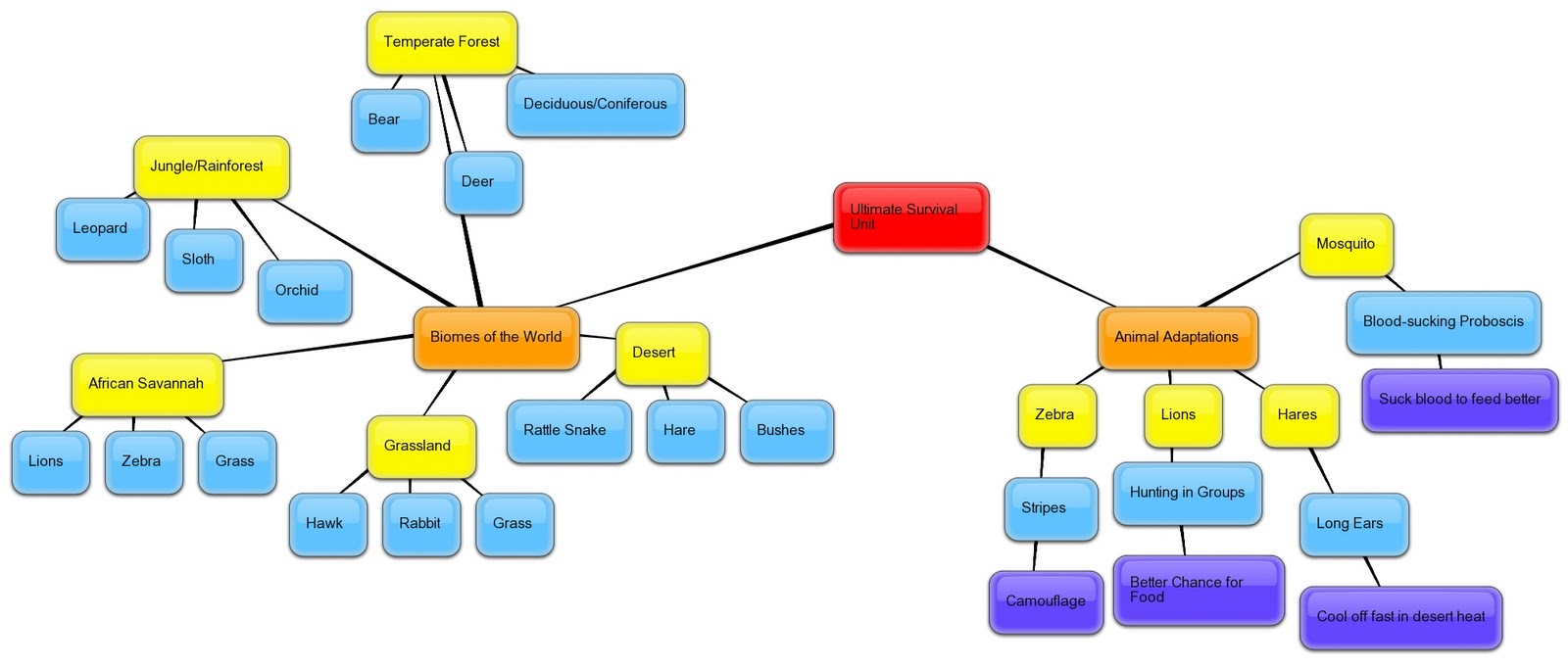- Guiding Question: How does tension affect the amplitude of the spring or slinky?
- Manipulating Variable: Medium – solid slinky
- Responding Variable: Wave => Properties
- Materials:
1.) Masking Tape (1 roll)
2.) Meter Stick (1)
3.) Slinky (1)
4.) Pencil (1)
5.) Notebook (1)
- Procedure:
1.) Measure the slinky at its average length and record – 4.8 meters.
2.) Measure the slinky stretched out and record – 10.5 meters.
3.) Stick tape on the ground in 20 cm lines and 30 cm lines.
4.) Wiggle the slinky at its regular length with two people holding it on either end.
5.) Observe whether it has reached either the 20 cm mark or the 30 cm mark.
6.) Wiggle the slinky at its tight tension stage and observe whether or not it has touched the 20 or 30 cm mark.
7.) Record all data.
- Hypothesis: I think that the closer the two ends of the slinky are to each other, the bigger/more amplitude the wave is going to have. This is because when you stretch a slinky, it’s very taut, and there isn’t any extra slinky room for bigger waves. When the slinky has less tension, there is more slinky space, and there can be bigger waves.
- Observations: When the slinky is stretched taut, and gently moved from side to side, the middle moves and touches both of the 30 cm tapes. When you flick your hand once (therefore flicking the slinky), one wave travels along the whole medium, but only touches one of the 30 cm lines. When we swing the slinky in its short form, it swings to a little behind the 30 cm lines, and much more slowly. When you flick it with your wrist, it almost touches the 30 cm line, but is slower than when it had been taut.
- Data Table:
Length: | Tape When Swung: | Tape When Flicked: |
10.5 m | Over 30 cm tape | Touches One 30 cm line |
4.8 m | Under 30 cm tape | Doesn’t Touch 30 cm Line |
- Conclusion: I believe that the answer to our question, “How does tension affect the amplitude of the sling or slinky?” is that the higher the level of tension the slinky has, the greater the amplitude. My hypothesis was incorrect, but now I think I understand why – when you don’t have a very taut spring to swing, all that extra slinky that is sitting there (kind of like extra fat on a person), makes the slinky swing more slowly and with less momentum. Without the momentum it needs, the slinky cannot touch the 30 cm lines. When the slinky has less tension, all that extra material is gone (no more fat on the person). It can swing more quickly and efficiently, and so it can reach the 30 cm line. That was a new discovery for me, but now that I’ve conducted our experiment, I now understand what happened.
- Further Inquiry: In order to improve our experiment, next time we could have two people swing the slinky at either end, and then the third person would catch it at its widest point so as to measure how far it was from the starting line exactly. That would be more accurate, and it might lead to further inquiries.
I wonder what would happen if we flicked the slinky up and down instead of side to side – that would probably give us the same results as the first experiment, but you never know…






